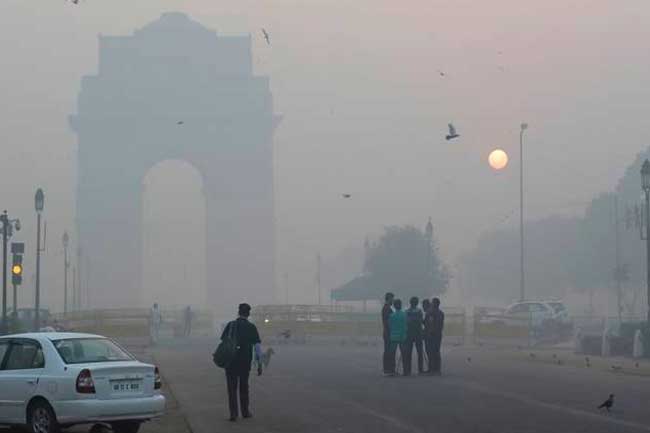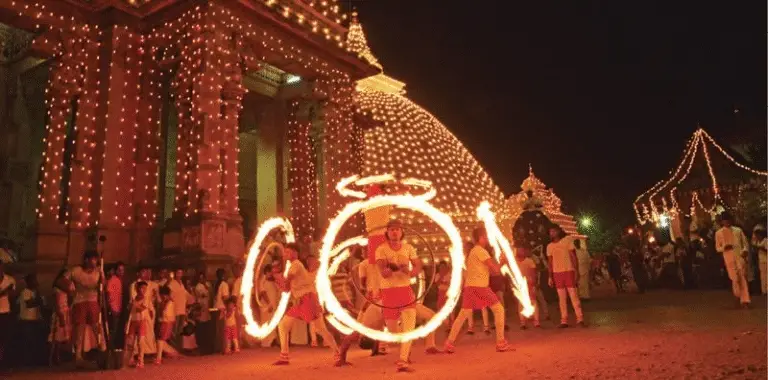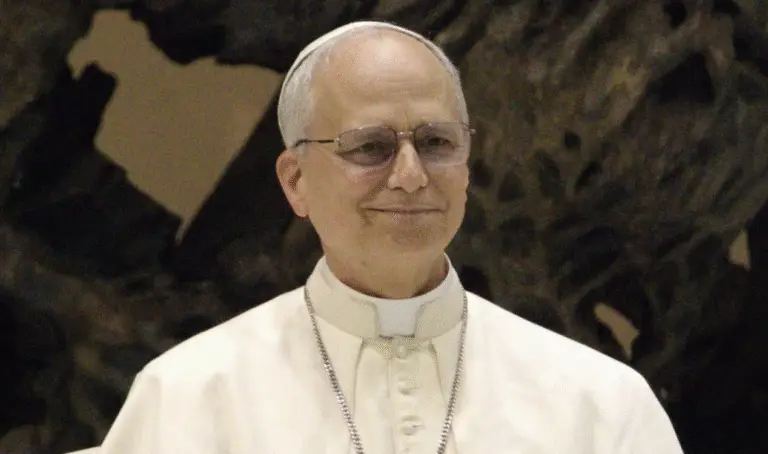Narendra Modi, the 14th Prime Minister of India, is one of the most influential and polarizing figures in modern Indian politics. Known for his dynamic leadership style and transformative vision, Modi’s political journey is marked by his rise from humble beginnings to becoming one of the most prominent leaders in the world today.

Early Life and Political Beginnings of Narendra Modi
Born on September 17, 1950, in Vadnagar, a small town in Gujarat, Modi came from a modest family. His early years were spent in a small tea stall, where he helped his father. This background shaped his hardworking and disciplined nature, traits that would come to define his leadership style.
Modi’s interest in politics began at a young age. He joined the Rashtriya Swayamsevak Sangh (RSS), a Hindu nationalist organization, which played a crucial role in shaping his ideological path. His association with the RSS provided him with valuable political training, and over time, he rose through the ranks, gaining a reputation for his organizational skills and commitment to the Hindu cause.

The Chief Minister of Gujarat: A Prelude to National Politics
In 2001, Modi became the Chief Minister of Gujarat, succeeding Keshubhai Patel. His tenure was marked by economic growth, infrastructure development, and significant improvements in the state’s governance. However, his tenure was also marred by controversy, especially the 2002 Gujarat riots, which led to significant criticism regarding his handling of the situation. Despite this, he managed to maintain a strong political base and won several state elections.
Under Modi’s leadership, Gujarat became one of India’s fastest-growing states. He championed the cause of economic reforms and infrastructure development, while positioning himself as a leader capable of delivering growth and prosperity.

Rise to National Prominence
Modi’s breakthrough on the national stage came in 2014 when he led the Bharatiya Janata Party (BJP) to a resounding victory in the general elections. His campaign, focusing on economic development, good governance, and national security, struck a chord with the masses, particularly the youth and urban voters. His promise of “Ache Din” (Good Days) resonated with many who were frustrated with the slow pace of progress under the previous government.
The 2014 victory marked the beginning of a new era in Indian politics. Modi’s leadership style was distinct, often characterized by decisive action, strategic communication, and an unwavering commitment to his vision for India’s future. His focus on economic reforms, including the introduction of the Goods and Services Tax (GST), demonetization, and initiatives like “Make in India,” “Digital India,” and “Swachh Bharat Abhiyan,” aimed at transforming the country’s infrastructure and economy.

Modi’s Foreign Policy: A Global Player
On the global stage, Modi’s foreign policy has been marked by a strong emphasis on strengthening India’s international ties. His leadership has seen India assert itself more confidently on the global stage, strengthening ties with major powers like the United States, Japan, and Australia, while also focusing on regional issues, particularly with neighboring countries like China and Pakistan.
His diplomatic efforts, particularly through initiatives like the “Act East” policy and enhancing ties with the Middle East, have bolstered India’s global standing. Modi’s push for a permanent seat on the United Nations Security Council (UNSC) and his emphasis on climate change and sustainable development have further established him as a statesman on the world stage.

The 2019 Victory and Second Term
In 2019, Modi led the BJP to an even more decisive victory, securing a second consecutive term. This victory was largely attributed to his appeal to the masses, his success in tackling corruption, and his ability to unite the country with his vision of a strong and prosperous India. During his second term, Modi’s government pushed forward with ambitious reforms, including the controversial abrogation of Article 370, which revoked Jammu and Kashmir’s special status, and the passage of the Citizenship Amendment Act (CAA), both of which sparked significant debate and protests across the country.

A Polarizing Figure
Modi’s leadership has often been a subject of intense debate. His supporters praise his decisive leadership, his focus on national security, and his ability to push through large-scale reforms. His leadership has redefined the role of the Prime Minister, making him the central figure in Indian politics, with a strong hold over the country’s narrative.
However, critics argue that his governance style is overly centralized, and his policies, particularly regarding religious and social issues, have contributed to divisions within Indian society. Modi has been accused of fostering an environment where minority rights are undermined, particularly in the context of his association with Hindu nationalist ideologies.
The Legacy of Narendra Modi
As Prime Minister, Modi has left an indelible mark on India’s political landscape. Whether admired or criticized, his influence cannot be overstated. His legacy will likely be debated for years to come, with supporters hailing him as a visionary who transformed India and critics warning of the challenges that his policies and style may leave behind.
In conclusion, Narendra Modi is more than just a political figure; he represents a shift in Indian politics, driven by a clear vision of economic growth, nationalism, and a strong India on the world stage. His story is one of ambition, resilience, and controversy, and it will continue to shape the political and social narrative of India for generations to come.

















